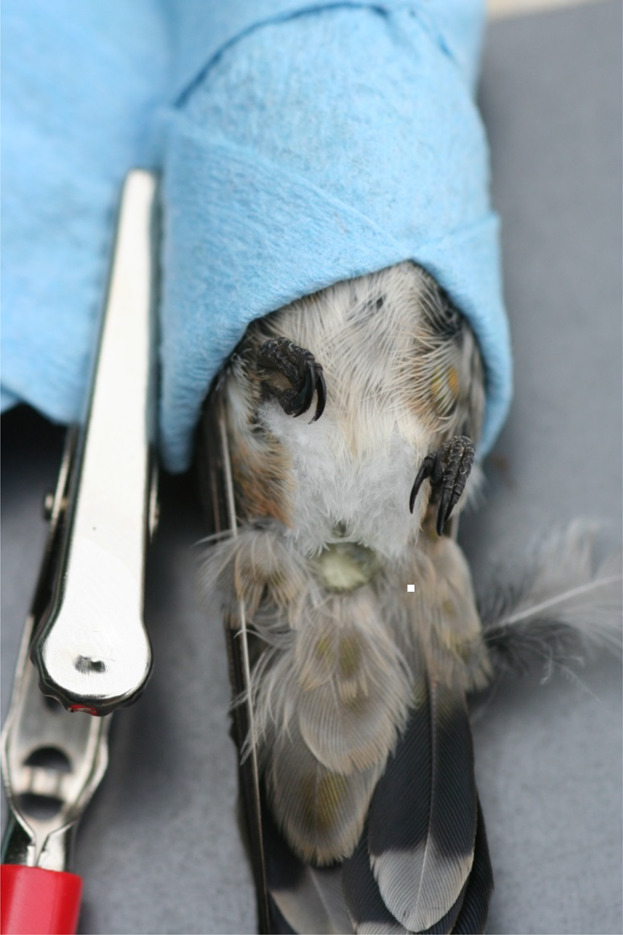
Western Hummingbird Partnership Logo
|
WHP Executive Committee
Universidad Nacional Autónoma de México
Christine Bishop
Research Scientist
Environment and Climate Change Canada
Susan Bonfield
Environment for the Americas
Barb Bresson
Avian Conservation Program
USFS, Pacific Northwest Region
Migratory Species Coordinator
USFS, International Programs
Cheryl Carrothers
Wildlife Program Leader
USFS, Alaska Region
Sarahy Contreras
Professor
Universidad de Guadalajara
Bryan Dykstra
Wildlife Program Leader
USFS, Southwest Region
Director, Emerging Programs and Partnerships Group
Point Blue Conservation Science
Adam Rich
District Biologist
Partners in Flight Coordinator
Pacific Southwest Region
|
|
|
|
|
Western Hummingbird Partnership
Western Hummingbird Partnership (WHP) is a collaborative approach to hummingbird research, conservation, and education. Working with partners in Canada, the United States, and Mexico, WHP strives to understand what hummingbirds need to survive in a changing world. Our newsletter will keep you up-to-date on the latest in hummingbird news. Thank you for joining us!
|
Keep up with the latest in hummingbird news via Facebook or the WHP newsletter. Both are provided in English and Spanish. Find the Spanish version on our website:
Spanish Newsletter
|
National Park Prepares Pollen Guide
 Capulin Volcano National Monument is better known for its geologic history, because of its unique cinder cone that rises from New Mexico's northern plains. Under the guidance of park staff Zach Cartmell, the volcano is also becoming known as an important site for resident and migratory hummingbirds. Capulin Volcano National Monument is better known for its geologic history, because of its unique cinder cone that rises from New Mexico's northern plains. Under the guidance of park staff Zach Cartmell, the volcano is also becoming known as an important site for resident and migratory hummingbirds.
Cartmell established a hummingbird banding station at the park, which is now the center of studies of both resident and migratory species. He has also been examining how we can use pollen extracted from hummingbirds' beaks and feathers to understand their food sources.
In 2018, intern Stephanie Rosas (pictured above) with the National Park Service's Mosaics in Science program refined the techniques that Zach had been using, developing a protocol for gathering and preparing pollen samples. Her work culminated in a Pollen Guide and three short videos that illustrate extraction techniques and preparation of pollen study slides.
The Western Hummingbird Partnership helped to guide the development of the materials and is preparing the final document and videos to be shared on the website. If you are doing pollen studies, we're interested in hearing from you! Please notify Susan Bonfield at [email protected].
|
Research Reveals Impacts of Neonics
 Blueberry production in North America has increased 30% over the past decade, and that growth is expected to continue. Insecticides, including neonicotinoids or "neonics," are used on blueberries, even though they are known to have negative impacts on wildlife. For migratory birds, such as hummingbirds, these impacts may include migratory disorientation. WHP Advisory Committee Member, Dr. Christine Bishop, has just published her research on neonic concentrations in Rufous and Anna's Hummingbirds and in three species of bumble bees.
Bishop selected a variety of study sites, both conventionally sprayed and organic farms, and collected fluid from the hummingbirds' cloacas and fecal pellets to examine pesticide concentrations. Both hummingbird species showed multiple types of pesticide exposure, that likely occurs from feeding in blueberry fields, as well as on the flowering plants that grow near treated fields. This research is among the first to examine the complexity of pesticide exposure and is critical to raising our awareness of threats to hummingbird populations.
|
|
Hummingbird Education Materials
WHP has created a variety of educational materials to help you spread the word about hummingbirds and their conservation. The Celebrate Hummingbirds curriculum guide is full of activities for students ages 10 to 18, and the All About Hummingbirds Jr. Birder booklet is geared to younger audiences. Visit our website and explore our educational materials and fun hummingbird scarves, tattoos, and more.
|
|
WHP Website in Spanish
The Western Hummingbird Partnership website is now available in Spanish. Visit the site and explore the pages!
|
|
|
|
|